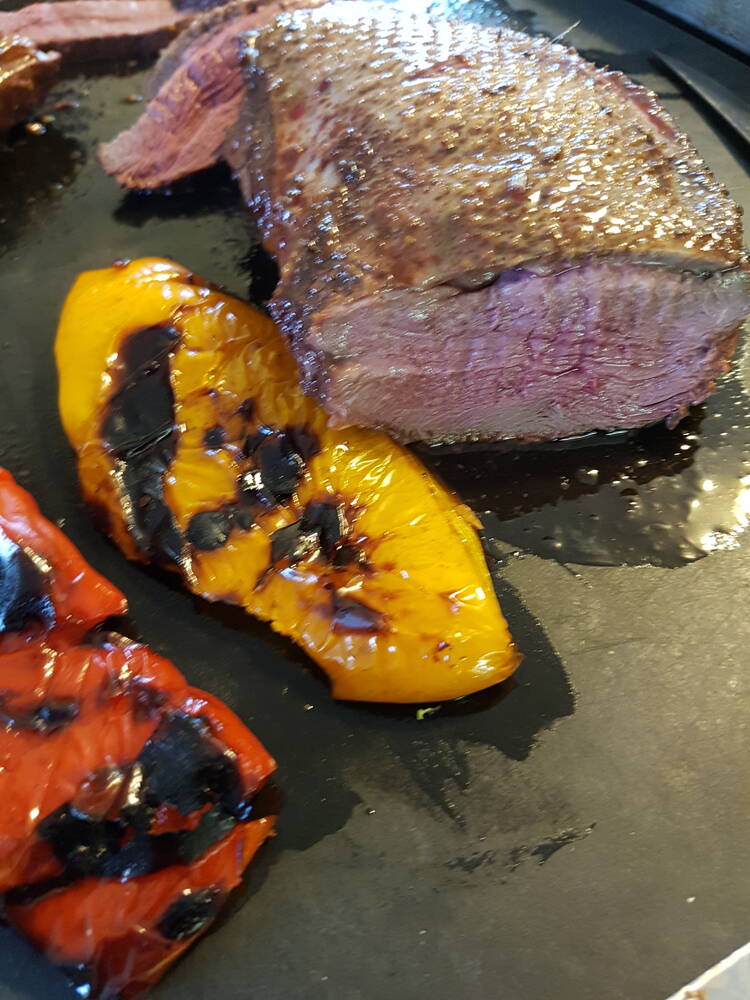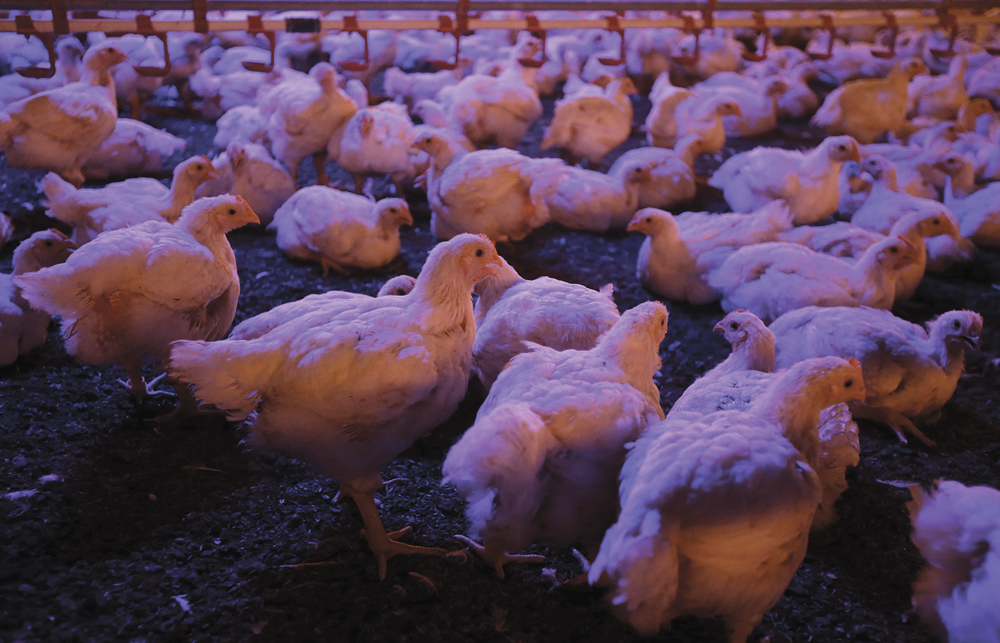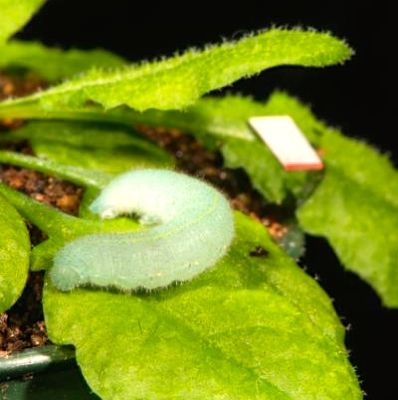I was resigned to never knowing the end of Pâté’s story, until one spring an amazing thing happened.
The dictionary says that goose pâté is a paste made from the livers of fattened geese, but around our house, Pâté (paa-tay) is the affectionate name given to a Canada goose that came to live with us one September.
She was delivered by a conservation officer from Shoal Lake, who responded to a complaint from a resident of Sandy Lake, concerned that the goose was being improperly kept. Upon investigation, this was deemed to be the case, charges were laid and the bird was seized. It is an offence to keep a wild bird captive for any reason without a federally granted Aviculture Permit.
Read Also

Giant Canada geese have gone wild in Manitoba
Giant Canada geese are seemingly everywhere and can be fine table fare for local hunters, but 70 years ago, they were borderline extinct.
Because she was a hand-raised subadult, the conservation officer knew the goose would not survive if immediately released. More importantly, she could not fly. Her tail feathers, which a goose needs for steering, had broken off as a result of being kept in too small an enclosure.
So Pâté joined my pet ducks in their pen. Once she was comfortable, she followed their routine of being free to explore the yard, pond and lake in the daytime. In response to my early-evening whistle, the hens waddle behind the drake, single file, back into their pen, where they are safe from predators for the night. But Pâté was not always so
easy to round up. She had many evasive techniques, which she chose to use usually when I was in a hurry!
One October, Pâté installed herself on a beaver mound in our pond, refusing to be rounded up in the evening. This was particularly odd, as she had formed a strong bond with another injured female Canada goose we have taken in. On her third day on the pond, as I tried to coax her home with her favourite treats of dried corn and bits of brown bread, she lifted off and flew away.
I was sad and worried. Did she migrate? Would she survive after so many years of reliance on humans? Was she strong enough? Would she evade hunters? Would she become a tasty, corn-fed meal for a coyote? I was resigned to never knowing the end of Pâté’s story, until one spring an amazing thing happened. We saw a goose walking on the lawn one day, but when I went out to investigate, it flew away. Then we saw it in the horse pasture and in the driveway. One morning, there it was on the dock. “Pâté? Is that you?” I asked. She answered me! We had a long goose and human conversation, but she flew off again when I tried to approach her.
It was about a month until we saw her again, but to our great surprise and pleasure, she came by to show us her family – a handsome mate and seven lovely goslings. They graze on our lawn and rest on the dock, but are easily startled and don’t stay around long.
Usually, when people interfere with the natural state of wildlife, the result is not in favour of the animal. However, the story of Pâté has a happy ending, which I am pleased to share.


















